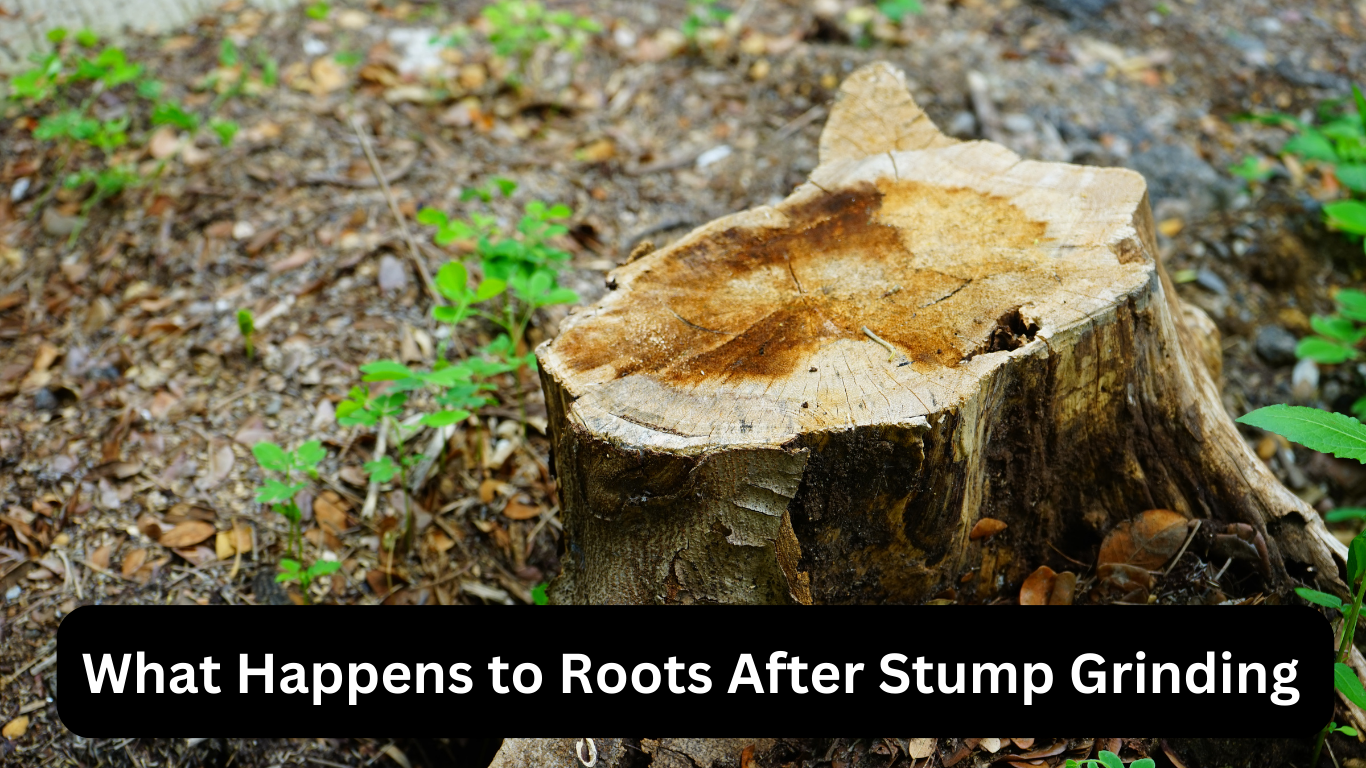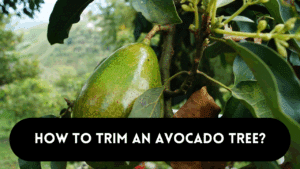Have you ever thought about what happens to the roots after the stump is ground down? A lot of people don’t understand how stump grinding works or what happens to the tree roots after the obvious part of the tree has been cut down. This piece will tell you everything you need to know about the underground world of trees, including what happens after a tree is stump-ground and some of nature’s best-kept secrets.
How to Get Started with Stump Grinding?
Before we get into the interesting world of roots after stump grinding, let’s take a look at how stump grinding works. A popular way to get rid of tree stumps after a tree has been cut down is to grind them down. This is done with a special machine that has a cutting wheel that spins. The wheel turns the stump and its roots into small pieces of wood, which brings them down to the ground.
What Happens to Roots After Stump Grinding?
Stump cutting is the end of a tree’s life above ground, but what about the tree’s complex network of roots that go deep into the ground? The tree’s roots are usually left alone under the ground when the wood is cut down. This network of roots is an important part of a tree’s life; they help it take in nutrients and stay stable.
How Strong Tree Roots Are
Roots of trees are very strong and flexible. Roots keep working below the ground even after the tree has been cut down and the stump has been ground down. Sometimes it seems like nature has a plan to make sure the tree lives, even when things go wrong.
Root decomposition: how nature reuses things
The process of decay is one of the most interesting things that happens to roots after log cutting. After being cut off from the tree above ground, the roots slowly start to break down. This process of natural decay is like recycling for plants. The plant’s roots’ organic matter is turned into nutrients that improve the dirt and help other plants nearby.
Old Roots Give New Life
When you cut down a stump, the roots that are left behind can grow new plants. There are some types of trees that can grow new shoots from their old roots. These new shoots, which are also called roots, can grow into full-grown trees, keeping the life cycle going.
How Fungi and Microorganisms Make Things Work
In order for tree roots to break down, fungi and bacteria are very important. Because the roots break down, they become food for these tiny living things. In the natural world, nothing goes to waste because of this complex web of life below the ground.
An Unknown Benefit of Soil Enrichment
The tree roots that are left over after stump grinding help to improve the soil. The roots release nutrients into the earth as they break down, making it more fertile. In turn, this helps other plants nearby, making the environment stronger and more alive.
Stump Grinding: How it affects ecosystems below ground
In the world of tree roots, there are more things than just trees. Many kinds of living things can survive in this complicated environment. When a tree is cut down and its roots ground up, it can temporarily upset this underground community, but nature has a way of adjusting and getting back to normal.
Thoughts on the Environment
It’s important to think about how log cutting affects tree roots and the surroundings. Stump grinding is a common way to get rid of tree stumps, but it’s important to use it properly and think about how it affects the environment as a whole.
What Different Types of Trees Do
The roots of different types of trees can end up in different places after the wood is ground down. It’s possible for some trees to grow new shoots from their roots, but not always. To guess what might happen underground, it’s important to know what the tree species in question is like.
Taking Care of Roots After Stump Grinding
Several choices are available for what to do after stump cutting and how to deal with the tree roots that are left behind. One option is to let nature do its thing and let the roots break down on their own. You can also replant in the area to get the most out of the better dirt.
What Roots Have to Do with Healthy Soil
Plants that have healthy roots grow in dirt that is healthy, which is good for all plants in the area. A very important part of our natural world is how tree roots and healthy dirt work together. It’s important to understand how stump grinding affects this delicate balance.
Stump grinding is a smart choice
If you choose stump cutting as a way to get rid of a tree, you need to make smart decisions. Working with experts who know how tree grinding affects the environment can help make sure the job is done in a way that doesn’t harm the environment.
FAQs
What is stump cutting, and how does it hurt the roots of trees?
Stump grinding is the process of getting rid of tree stumps by grinding them down to the ground with a machine. Even though the stump that sticks out of the ground is removed, the tree’s roots generally stay in place and continue to grow.
Can tree roots grow back after the stump is ground down?
After having their stumps ground up, some tree types can grow new shoots called suckers from their old roots. This can cause new trees to grow from the roots of old ones.
How long does it take for tree roots to break down after the stump has been ground down?
The amount of time it takes to break down depends on things like the type of tree, the weather, and the size of the roots. From a few months to a few years, tree roots may take to fully break down.
What do bacteria and fungus do to break down roots?
After the log is ground up, fungi and bacteria are needed to break down the tree roots. They eat the roots’ organic waste, which helps the roots break down and adds nutrients back to the earth.
Since stump cutting hurts tree roots, is it good for the environment?
Most people think that stump cutting is an eco-friendly way to get rid of tree stumps. Using eco-friendly methods for stump grinding, like reusing wood chips and encouraging soil improvement, can lessen the damage it does to the environment.
Conclusion
What happens to the roots after the stump is ground up is an interesting topic in the world of tree care and removal. The fact that a tree’s root system still plays an important part in the environment after it has been cut down shows how strong and flexible nature is.
The process of roots breaking down, how they improve the soil, and the fact that new life can grow from old roots are all natural mysteries. Going deeper into the underground world of trees makes us more aware of how all living things on Earth are linked.
If you think about stump cutting from an environmental point of view, it can become a sensible choice that fits in with nature’s balance. So the next time you wonder what happens to roots after a stump is ground down, know that nature’s magic continues below the ground.




